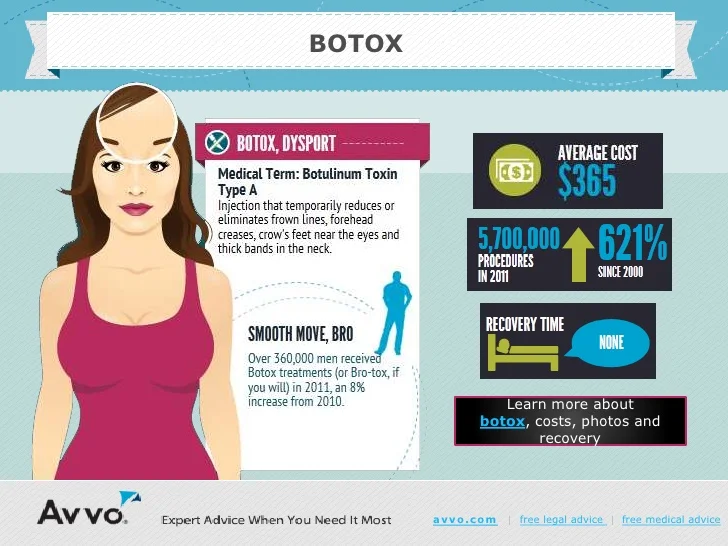AHAs are an essential ingredient for unclogging pore obstructions and brightening acne-prone skin. They function by breaking down dead skin cell build-up to promote more recent, fresher cells, and avoiding future clogs.
Creating topical AHAs demands thorough interest to different essential factors that significantly influence their efficiency and tolerability. Keeping the ideal pH variety, along with vehicle selection and focus, magnifies their exfoliative qualities while reducing potential adverse responses.
Glycolic acid
Glycolic acid is understood for its moderate yet effective scrubing buildings, which advertise skin's natural shedding and loosen up the "adhesive" that holds dead cells on the surface of the skin. This helps unblock pores and lessen the appearance of great lines and creases, as well as boost total skin structure and tone.
Remarkably, topical glycolic acid has additionally been shown to stimulate the manufacturing of collagen, which is vital in maintaining skin's suppleness and elasticity. It is important to keep in mind, nevertheless, that because glycolic acid can boost the skin's level of sensitivity to sunlight, it is vital to use sunscreen when making use of any type of products having this component.
Dermatologists pay cautious attention to the solution of products having AHAs in order to enhance their efficacy and tolerability. Creating AHAs with the suitable lorry, together with pH and focus factors to consider, allows for optimum skin penetration while decreasing prospective adverse reactions. This is particularly important for patients with delicate skin, considering that AHAs are known to be gently irritating.
Lactic acid
Lactic acid is found in lots of over-the-counter skin treatment items and some stronger specialist peels and treatments. It has the most affordable molecular weight of all the AHAs and is able to permeate deeper right into the skin, where it is more efficient at unclogging pores and exfoliating.
Like glycolic acid, it likewise stimulates collagen synthesis, which aids decrease great lines and wrinkles and dysport enhance skin texture. Furthermore, it has moisture-retention buildings, which makes it preferable for drier skin types than other AHAs.
The considerable body of medical information substantiating the effectiveness of topical AHAs sustains their utility in a vast array of dermatological conditions and visual issues. These consist of elaborate skin renewal treatments, attenuation of fine lines and creases, lightening of hyperpigmentation, therapeutic intervention for actinic keratosis, and acne administration [2] Maximizing the formulation of AHAs by stabilizing pH, focus, and vehicle choice better boosts their therapeutic capacity. These mindful considerations allow skin specialists to supply safe and efficient therapies that give exceptional scientific results.
Mandelic acid
Mandelic acid, originated from almonds, is one more participant of the AHA family and is a prominent component in items that help treat acne. Its larger molecular size suggests it penetrates the skin a lot more gradually and gently, which can decrease the capacity for irritability. It's additionally less likely to set off inflammation and various other skin sensitivity issues, making it appropriate for sensitive skin types.
Mandelic Acid is thought to help reduce swelling and increase hydration. It functions by loosening the bonds between dead skin cells, permitting them to lose and reveal fresher-looking skin. It also helps reduce the appearance of bigger pores.
Creating topical items with AHAs calls for a specific equilibrium of key factors that considerably affect their effectiveness and tolerability. Particularly, the pH of an AHA solution has actually been revealed to play an essential duty in its capacity to advertise peeling and enhance skin tone and texture. Achieving this optimal concentration is a challenging goal and requires careful interest to the different aspects that affect the formula procedure.
Citric acid
Citric acid, discovered in citrus fruits such as oranges and lemons, is a moderate AHA. It's less annoying than glycolic or lactic acid, making it more suitable for sensitive skin. It also has astringent residential or commercial properties, assisting to dry out excess oil.
Like other AHAs, citric acid can be used in chemical peels and day-to-day active/maintenance therapies to scrub the skin and advertise cell turn over. It can help reduce the appearance of dark spots and hyperpigmentation, as well as fine facial lines.
It can also increase the synthesis of glycosaminoglycans, which play a vital duty in reinforcing the skin obstacle function. This helps to avert trans-epidermal water loss, and maintain optimum hydration degrees in the skin [35]
AHAs can be integrated with relaxing components such as ceramides or hyaluronic acid to improve their tolerability. They can be incorporated right into day-to-day active/maintenance skin care with cream or product solutions. This enables specialists to tailor their AHA treatments based on person demands and choices, with the versatility of choosing from various therapy intensities or concentrations.
